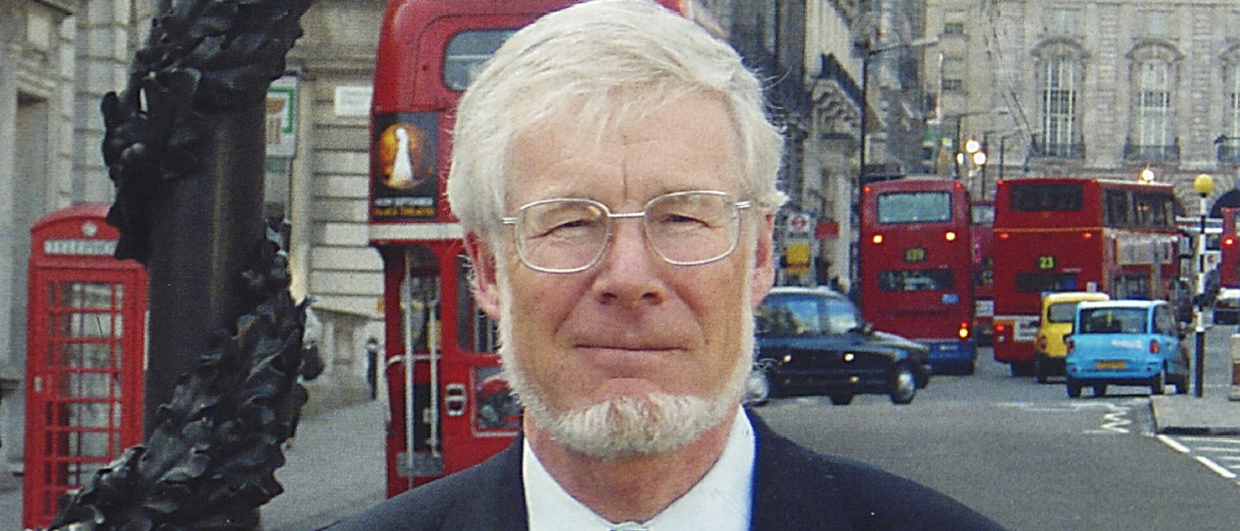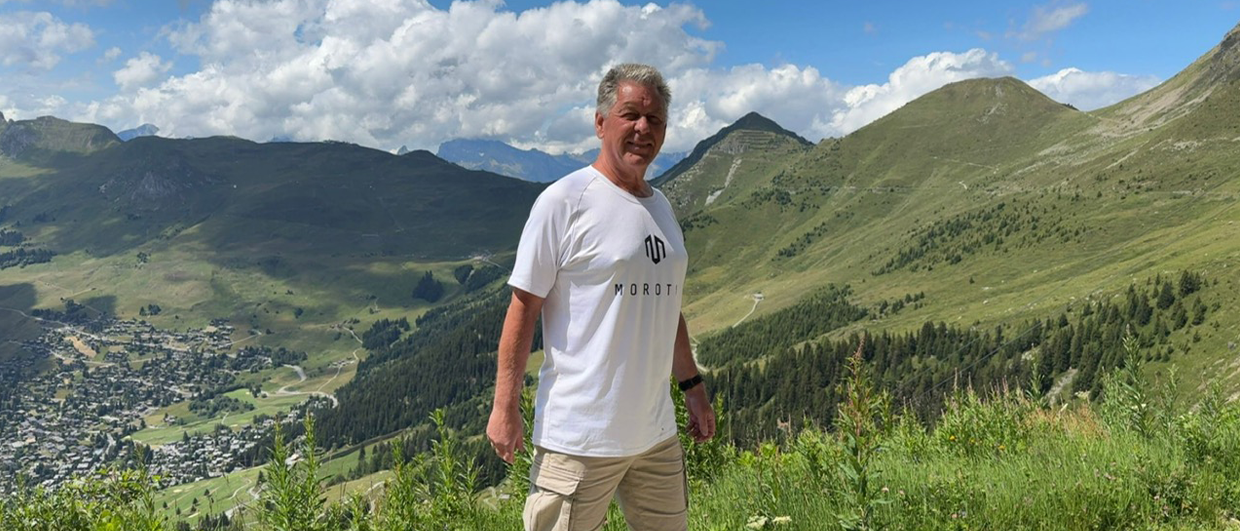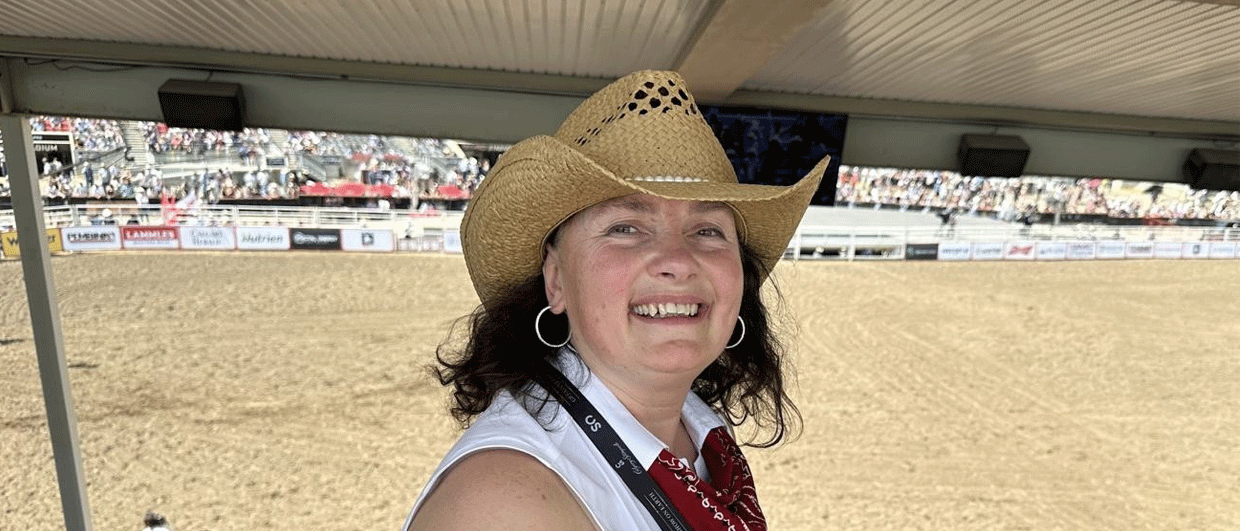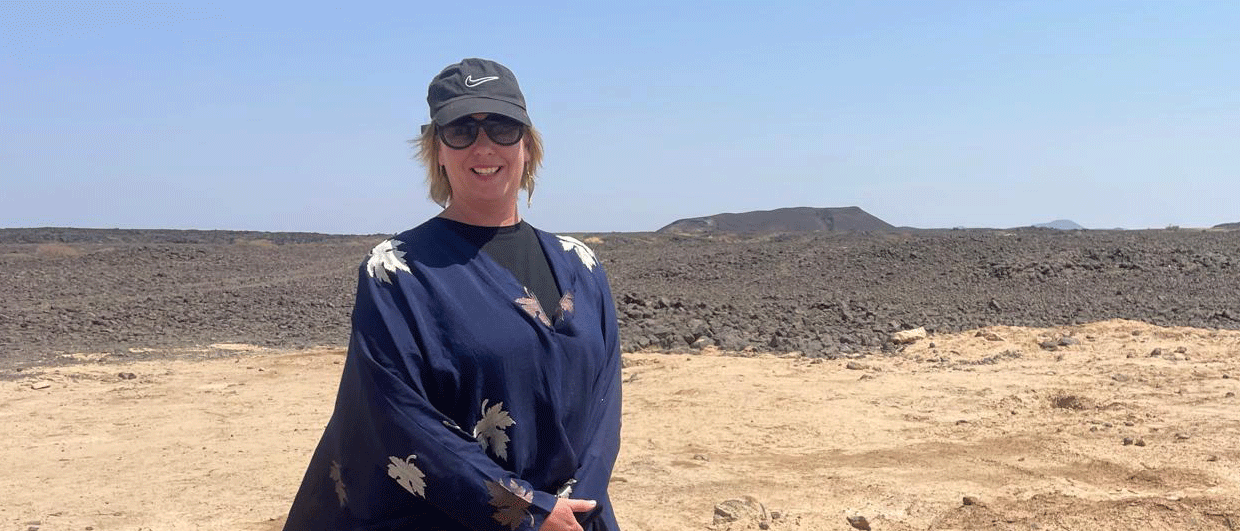There seems to be a general pattern for the introduction of new technologies in our industry. At an early stage, you need to convince management why it makes sense to invest in the use of the new technique. Then, when the new technology is generally accepted, you have to convince management why it makes sense not to use it if you believe that to be the case for a particular project, says Ian Jack, who for more than 35 years has been at the heart of the development of the geophysical industry.
For 3D seismic, this transition phase took place between the early eighties and the mid nineties. For4D seismic, we are just about to complete the same process. Multi-component seismic (4C), however, is still in the “convince management why to do it” phase, while permanently installed systems for reservoir monitoring have just entered the start of the cycle, observes Ian.
Spatial sampling is the key
If you have attended conferences or meetings where petroleum geoscientists gather, it is very likely that you have heard Ian Jack present, teach, ask questions or comment on a broad range of topics from in-depth technical and geoscientific issues to industry-wide business challenges. You may also be one of the more than 2,000 geoscientists who attended his SEG’s Distinguished Lecturer course on Time Lapse Seismic in 1998. Moreover, Ian Jack has been intimately involved in the evolution of several new dimensions of seismic techniques and has gained a reputation for combining solid knowledge of geophysical theory with practical experience.
Following a distinguished career with 10 years in GSI (the original Geophysical Services Inc.), followed by 25 years with BP, Ian Jack retired early last year and uses this opportunity to both look back and give his opinions about the future of the seismic industry. It is a pleasure to listen to Ian, who is both engaging and eloquent. British in his manners, it is a treat to have a cup of afternoon tea with him in London, sharing viewpoints on our industry.
The most significant development in seismic during my career has been the quantum leap in spatial sampling. We have been able to enhance seismic imaging with orders of magnitude increases in the number of seismic receiver channels and the density of sensors. The quality of our geological interpretations and reservoir models, and hence our exploration and production decisions, has consequently also improved tremendously, says Ian.
The move from 2D to 3D is without doubt the biggest step in terms of spatial sampling. A fundamental technological development making this possible was the change from analogue to digital, starting with the central recording system, moving to the distributed field systems and finally to the individual sensors, Ian explains. His first employer, GSI, was the first contractor to acquire a 3D survey in 1973. While 3D today is being used in both exploration and production, and also has developed into a useful tool for reservoir monitoring (4D), it took a decade and a half before the technique became mainstream.
The huge cost reduction for marine seismic through the early to mid 90’s, primarily as a result of multi-streamer operations, had an enormous impact on the use of the 3D technique. In parallel, new, innovative software has meant substantial improvements in data quality through 3D imaging, noise removal and sophisticated techniques to improve resolution. Visualization on work stations and the use of automated interpretation have also been major contributors in increasing the value of the seismic data for the purpose of geological interpretations and reservoir modelling, according to Ian.
The future lies in the reservoir
I believe the future in geophysics belongs to the reservoir. Exploration activity reduces as the petroleum basins (most of which are known) become mapped, so the use of seismic is becoming much more focused on mature areas, finding possible reserves near to existing fields and bypassed hydrocarbons within a field, predicts Ian.
4D is an example of a technique reinvented. The first repeat 3D – before anybody
used the term 4D – took place in Arco’s Holt field in Texas in the early eighties. The survey was technically successful with a huge 4D response. However, the value of the technique was not sufficiently recognized and the research team involved was closed down – a lesson for current and future managers of research.
Today there are several technical solutions available for a 4D survey: Repeated traditional 3D surveys, repeated multi component 3D surveys (seabed seismic in the marine case) and the use of permanently installed arrays. Good repeatability through the complete process (acquisition and processing) is the key to successful 4D.
It may be risky to predict the future using the current service industry as a model. For example, if the installation of permanent seismic arrays accelerates, the business model may change completely. This is because most of the capital for permanent installations is spent on the equipment and not on the data acquisition services. It is true, however, that the commerciality of permanent systems has not yet been demonstrated.The systems are still expensive.
– The use of 4D seismic in reservoir monitoring has not yet been universally accepted. But for most reservoirs in mature areas like the North Sea these days you have to argue to your management why not to acquire 4D data if you think that it is not the right tool, because around 75% of all seismic work in the North Sea is now recorded for 4D purposes. It is very likely that we will see the same trend towards 4D in other areas over time.’Nevertheless, 4D activity has not in general improved the commercial situation for the contractors, says Ian.
Ian Jack believes there are many convincing arguments for ocean bottom and permanent systems. – These technologies may very well represent the same step function as the move from 2D to 3D, he says. – Since the seabed represents a quieter environment than towing cables near the sea surface, there will be a better high frequency content in the data leading to improved resolution in the resulting seismic images. We shall also expect a better low frequency content in the data, and this is important for overall resolution and in order to derive better models from seismic inversion techniques.
With the independent movement of the seismic source from the receiver array on the seabed, the opportunity is there to acquire data with all azimuths – 360 degrees and a dramatic increase in fold. Better repeatability for time lapse projects, at least with permanent systems, is another important advantage of permanent systems.
These advantages together point to a tremendous potential for improving the geological content of the data. Physics works!, claims Ian.- However, the cost of seabed seismic is still five times as high as towed streamer mode data.There is a new opportunity for cost reduction with digital sensors. In the audio industry, where the production volume ofchips is very high,the cost per unit is very small. The challenge is to get the advantage of reduced cost with volume in an industry where the traditional need for units is only in the 1000’s (and not in the multimillions).
Combining 3D with directional drilling has resulted in a 70% discovery success rate.There is a lot more to do in the area of ‘intelligent wells’, measuring real time pressure, saturation, temperature – all helping to calibrate the 4D seismic. Down hole measurements are still developing. Automated valves for separation of water and hydrocarbon and combined production/injection are coming.
Encouraging the young
The petroluem industry has been modernised, vitalised and changed in those years that Ian Jack has been in the midst of the seismic development. This is on the positive side. On the negative side, however, one can argue that the technological breakthroughs have reduced the demand for both geologists and geophysicists, as the need for manpower has gone down with more automation. Ian is, in spite of this, not hesitant to encourage young aspiring scientists to choose a career in geophysics.
There is still a good potential for young people in our industry. If you look at the demographics, the current peak age of staff is 49. That means that in the coming years there will be many open positions as the older generation is retiring. My recommendation to young people today is to keep their options open. I have never regretted that I ended in the geophysical industry rather than in audio engineering, concludes Ian, convincing as always.
36 YEARS WITH SEISMIC IMPROVEMENTS
St. Andrews is a wonderful place to study physics, Ian Jack says today, 36 years after he graduated from the University of St. Andrews in Scotland in 1968. He specialized in acoustic engineering and electronics and could have ended up in the BBC if he hadn’t signed up for an interview with GSI to get practice in being interviewed. During the interview Ian was persuaded to go for a future in geophysics and the oil industry – something he has certainly not regretted.
He was recruited as a field engineer in the Middle East and spent the first two years in Abu Dhabi. Following Abu Dhabi, Ian was transferred to the GSI processing centre in Beirut, and the job took him to several countries in the Middle East; Saudi Arabia, Turkey and Jordan.
In addition to the job in processing, I was in the emergency field service. When there was a breakdown of the equipment in the field, I was sent out to fix it. The system would already have been down for 2 to 3 days and of course we worked around the clock until it was fixed. After one of these work sessions I remember falling asleep for so many hours that the crew had moved the camp. When I woke up I was alone in a tent in the middle of a field. They had left a coffeepot for me and a message that they would come and pick me up later, he remembers.
In 1972 I moved to Dallas and got involved in software and systems development. My area of focus was seismic velocity analysis, and after two years I moved with the system to Holland where we spent nearly three years.
My last job with GSI was to develop software to make it possible for less and less qualified people to process seismic. I did not find this work very satisfying and it seemed to be putting the profession at risk. The GSI processing centres in those days were becoming very compartmentalized with a velocity group, an input group etc. Finally in 1978 I quit GSI and got a job with BP Exploration’s Technical Service Division in central London (Britannic House).
These early years were fun. The whole business was very exciting. When I joined BP the exploration department was quite small. Historically, there had not been much need for exploration for BP due to the enormous reserves the company had discovered in places such as Iran, Libya, West Africa, the North Slope and most recently in the North Sea. 1981-82 were boom years with the high oil price, and the BP business was expanding. New crews and vessels were sent to new areas all over the world. Also in Europe there was exploration ongoing in most countries.
“The industry organizations – such as EAGE, SEG and AAPG – are vital for the health of our industry. They are doing a tremendous job.”
Although Ian had a job in the central office, he got involved in many projects around the world.
BP was working with Elf in the Southern Yellow Sea and I spent time on Chinese seismic vessels. In those days you had a captain and a party chief onboard, but everyone knew that the real boss was the political commissar. – This was early days for Westerners in China and when I visited the Beijing Zoo with a colleague, the thousands of Chinese visitors spent more time watching us than the animals, remembers Ian
In 1998 Ian was the SEG’s inaugural Distinguished Instructor with a course entitled Time Lapse Seismic in Reservoir Management. More than 2,000 geoscientists around the world have participated at this course which has been an important contribution to a balanced understanding of the 4D technique across different geoscience disciplines.
Ian retired from BP at the end of 2002. He continues to consult on average one day per week and is teaching 4D seismic to oil and service companies and at universities including the BP institute in Cambridge.





